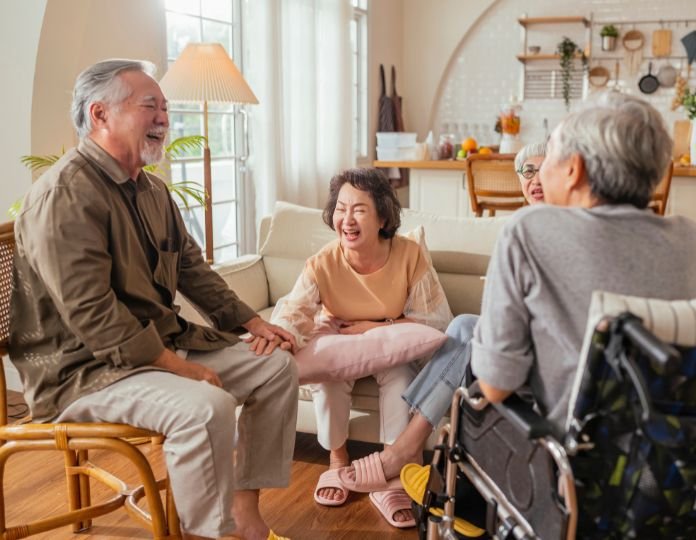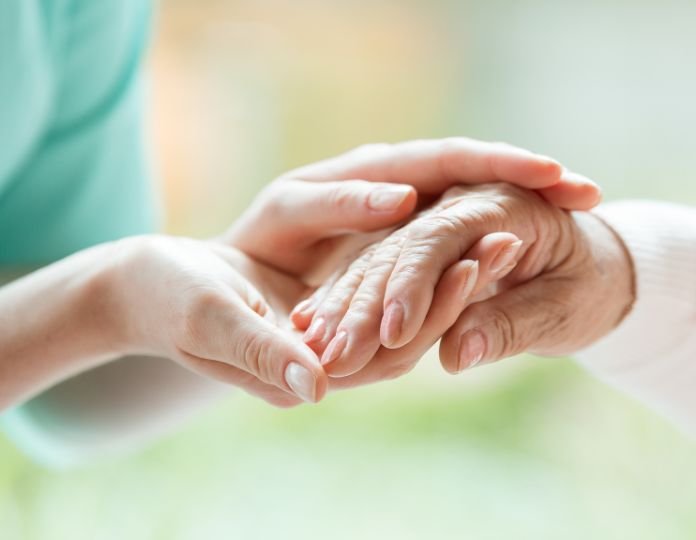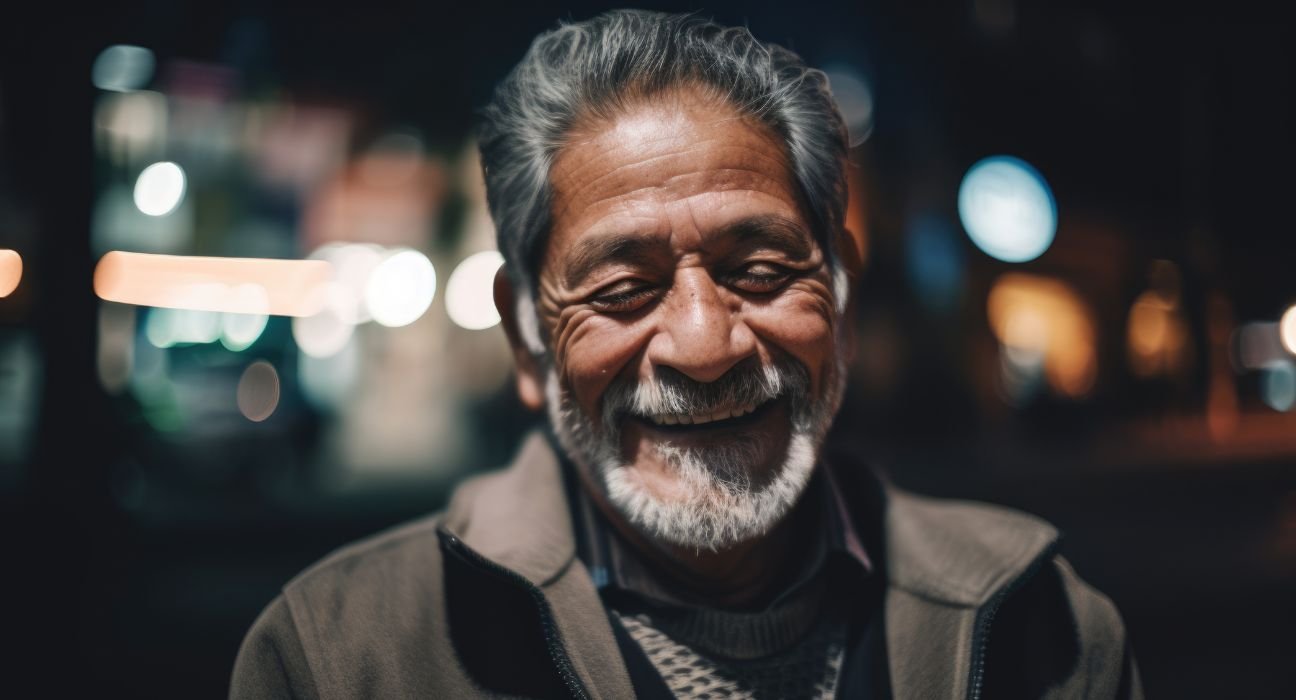Demographic Shifting: A Glimpse into Ageing Patterns
Across the globe, the phenomenon of population ageing is unfolding, spurred by the convergence of declining mortality and fertility rates and a surge in life expectancy. Within this international panorama, India stands as no exception to the trend, due to an increase in the population of older persons (aged 60 and above) at a fast pace.
In 1961, India’s elderly population tallied at 24 million, a figure that ascended to 33 million in 1971, 43 million in 1981, 57 million in 1991, 77 million in 2001, and 104 million in 2011, as documented by the Census of India from 1961 to 2011. The elderly population reached up to nearly 138 million in 2021. Anticipated projections from demographers suggest a meteoric climb, estimating the elderly to encompass 298 million by 2051 and a staggering 505 million by 2101. In terms of proportion, this cohort has undergone a shift from 5.6% of the total population in 1961 to 6% in 1971, 6.5% in 1981, 6.8% in 1991, 7.4% in 2001, 8.6% in 2011 and culminating at 10.1% in 2021.
Significantly, among India’s elderly populace, the percentage of those surpassing 70 and 80 years is also on a steadfast ascent. The count of individuals aged 70 and above in 1961 numbered at 9 million, which burgeoned to 29 million in 2001 and further increased to 42 million in 2011. Projections foresee a future tally of 131 million by 2051 and a staggering 273 million by 2101. Correspondingly, the population of those surpassing 80 years stood at 2 million in 1961, spiked to 8 million in 2001, and rested at around 11 million in 2011, with an expected escalation to approximately 41 million by 2051 and around 106 million by 2101.
Parallel to global trends, the longevity of Indian women outpaces that of men. The sex ratio among the 60-plus population swelled from 94 women per 100 men in 1991 to 105 in 2011, with a projected rise to 105 by 2026. Demographic forecasts propose an even steeper ratio for the oldest old (80+ years), projecting an astonishing 136 women per 100 men by 2026. In the context of Indian states, the 2011 census illustrates that, except for Assam, Bihar, Himachal Pradesh, Jammu and Kashmir, and Jharkhand, larger states exhibit a higher female population aged 60 and above.
Predominantly, a larger proportion of the elderly reside in rural India. Census data from 2011 reveals that 71% of the elderly populace calls rural areas home, while urban areas accommodate merely 29%. Hand in hand with India’s swelling elderly population, the old age dependency ratio has surged as well. In 1991, this ratio was 122 individuals aged 60 and above per 100 individuals in the 15-59 years age group. By 2001, it had elevated to 131 per 100, ultimately landing at 142 per 100 in 2011. Notably, the 2011 census marks the highest ratio (196:100) in Kerala, followed by states such as Goa, Himachal Pradesh, Punjab, and Tamil Nadu. Beyond the realm of demographics, India is undergoing socio-cultural transformations that inevitably impact the lives of its senior citizens.
Evolution of Socio-Cultural Dynamics
In the Indian context, the family has historically stood as the primary wellspring of economic, physical, psychological, and social support for its senior members. Elderly individuals have traditionally relied on their families for both financial sustenance and emotional solace. In yesteryears, being part of the family fabric was never seen as a burden; rather, it was considered a moral duty to care for the elderly.
Related: The Old Generation and Use of Technology

The elderly, in turn, held a revered position as the family’s patriarchs or matriarchs, wielding their wisdom and experience to make pivotal decisions. Additionally, they actively participated in raising their grandchildren, fostering strong emotional connections within the family.
However, the sweeping forces of globalization, modernization, and urbanization have not only instigated cultural transformations but have also exerted significant influence on the socio-economic fabric of people’s lives. These changes have catalysed a shift in the status of the elderly within their families and society at large.
Several transformations have substantially reshaped the role of the elderly within their families and communities. The dissolution of the joint family structure, and the migration of younger generations in pursuit of enhanced opportunities. The escalating cost of living stands as a pivotal factor that has redefined the landscape. These dynamics have contributed to the emergence of elder care homes as an alternative to traditional family care, and an uptick in elderly individuals living independently. The propagation of ageist attitudes within society.
Related: Urban Lifestyle and Mental Health: Probing the Depths of Psychological Impact
Navigating Challenges
The intricate interplay between these shifting socio-cultural dynamics and demographic transitions is instigating formidable hurdles in the pursuit of safeguarding the health and overall well-being of the elderly populace in India. These challenges encompass various dimensions, including healthcare, financial security, issues of abuse and elder-related crime, and the amplification of elderly rights.
Related: 7 Tips to Deal with Midlife Crisis
Within this landscape, critical concerns arise, each representing a distinct facet of the effort to ensure the welfare of the elderly. Chief among these concerns are the provision of adequate healthcare, the assurance of economic stability, the prevention of abuse and crimes directed at the elderly, and the imperative of bolstering the rights of the elderly community.
To confront these multifaceted challenges, a diverse array of stakeholders are taking proactive roles, spanning from the elderly themselves to the Indian government. Notably, the government of India has initiated several programs and schemes specifically tailored for the benefit of older individuals. However, an obstacle often encountered is the lack of awareness among seniors regarding these well-intentioned initiatives.
Seniors possess a wealth of experience, knowledge, and wisdom that positions them as invaluable contributors to their own healthy ageing journey. By actively engaging in physical activities tailored to their abilities, seniors can maintain their physical well-being, and enhance mobility. Embracing lifelong learning and intellectual pursuits helps keep their minds sharp and curious, contributing to cognitive vitality.

Cultivating social connections and nurturing relationships with peers and younger generations fosters a sense of belonging and purpose, vital for emotional and mental well-being. Seniors can also share their experiences and skills through mentoring, volunteering, or participating in community initiatives, thus leaving a lasting legacy while promoting intergenerational understanding.
In essence, seniors’ active involvement in various aspects of life not only enriches their own well-being but also contributes positively to their communities and the broader society, demonstrating that healthy ageing is a continuous and dynamic process of growth and contribution.
Related: How does Socializing improve your Quality of Life?
Moving Ahead
Drawing from the comprehensive evaluation of the older persons’ position in India and the challenges they encounter, the following recommendations emerge for the advancement of their well-being:
- Providing family members with training to ensure high-quality care.
- Equipping older individuals and their families with financial planning skills.
- Ensuring the diligent implementation of governmental initiatives and schemes.
- Conducting awareness and sensitization campaigns addressing ageing-related concerns.
- Expanding the availability of dedicated centres and training initiatives for professionals specializing in elder care.
- Garnering support from profit-oriented ventures to enable non-governmental organizations to deliver tailored services based on need.
- Fostering an environment that caters to the needs and preferences of the older persons, thereby promoting an elder-friendly atmosphere.
- Undertaking national surveys to gauge the requirements of older individuals, is essential for the effective execution of programs and services.
Related: How to Take Care of Mental Health in Old Age?
In addition to the above suggestions, seniors must also be considered as contributors which is strongly recommended in the Madrid International Plan of Action on Ageing (MIPAA) because they possess a wealth of experience, knowledge, and wisdom that positions them as invaluable contributors to their own healthy ageing journey. By actively engaging in physical activities tailored to their abilities, seniors can maintain their physical well-being, and enhance mobility.
Embracing lifelong learning and intellectual pursuits helps keep their minds sharp and curious, contributing to cognitive vitality. Cultivating social connections and nurturing relationships with peers and younger generations fosters a sense of belonging and purpose, vital for emotional and mental well-being. Seniors can also share their experiences and skills through mentoring, volunteering, or participating in community initiatives, thus leaving a lasting legacy while promoting intergenerational understanding.
Related: The Positive Side of Aging
In essence, seniors’ active involvement in various aspects of life not only enriches their own well-being but also contributes positively to their communities and the broader society, demonstrating that healthy ageing is a continuous and dynamic process of growth and contribution. By aligning efforts with these recommendations, a holistic and comprehensive approach can be undertaken to bolster the well-being of the elderly in India, creating a society that values and supports its senior members.













Leave feedback about this